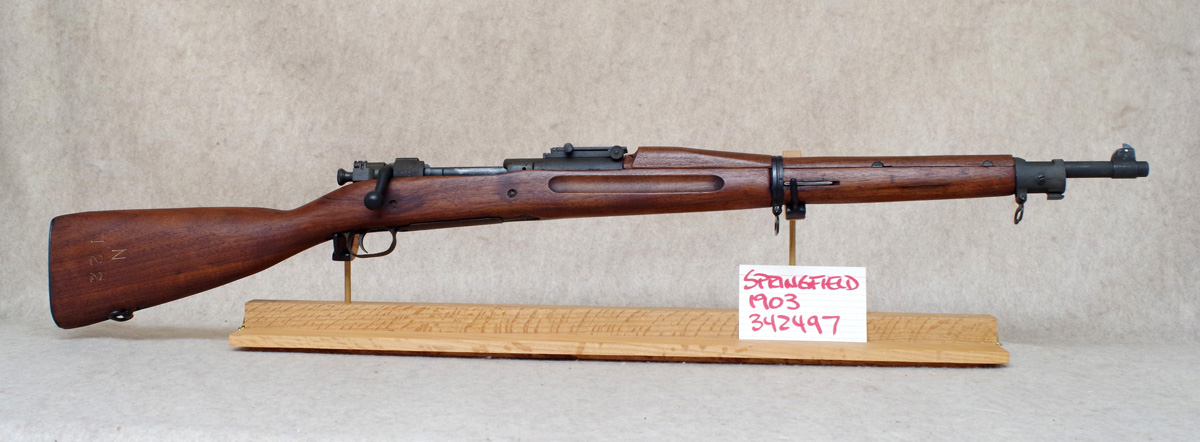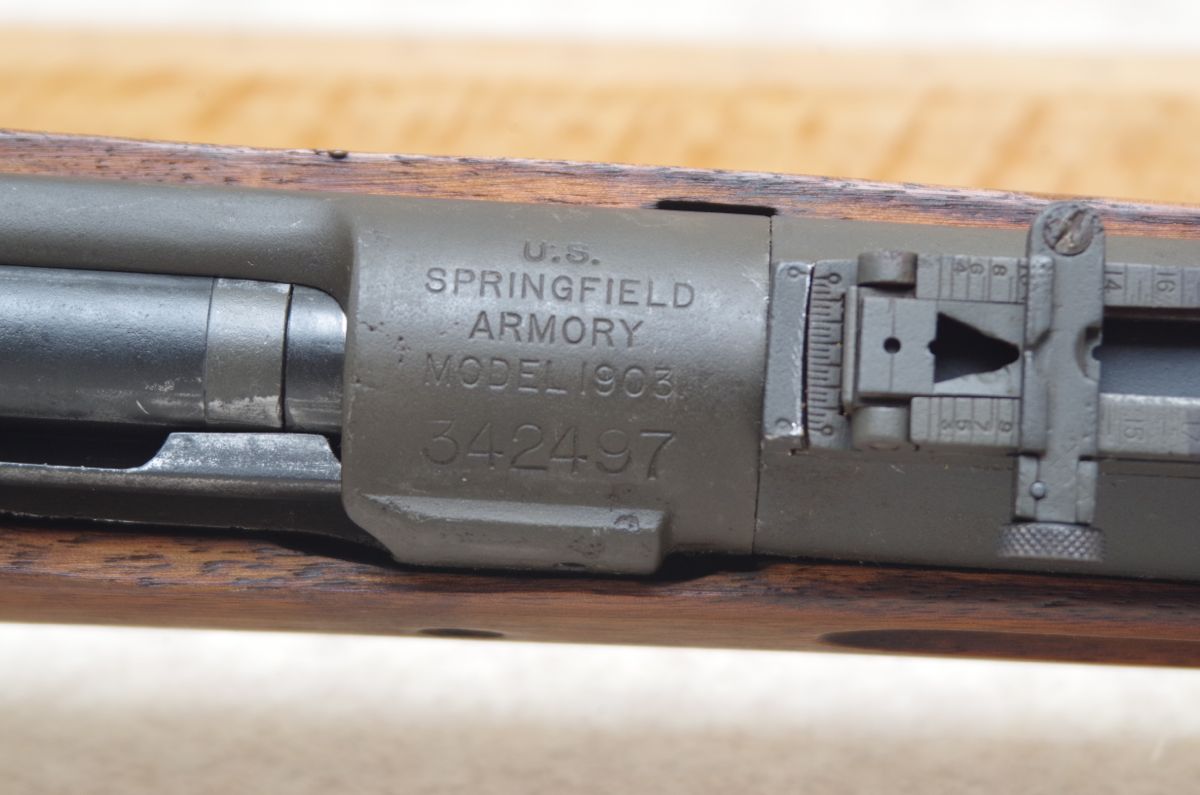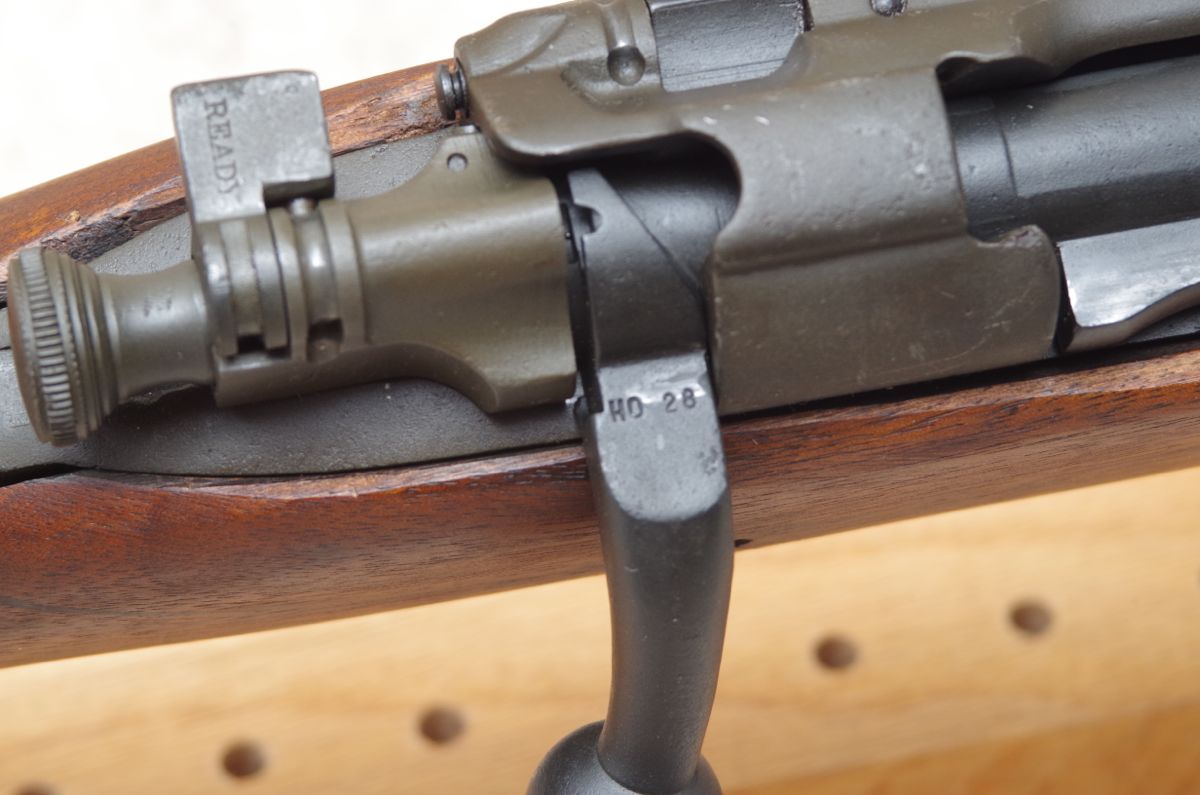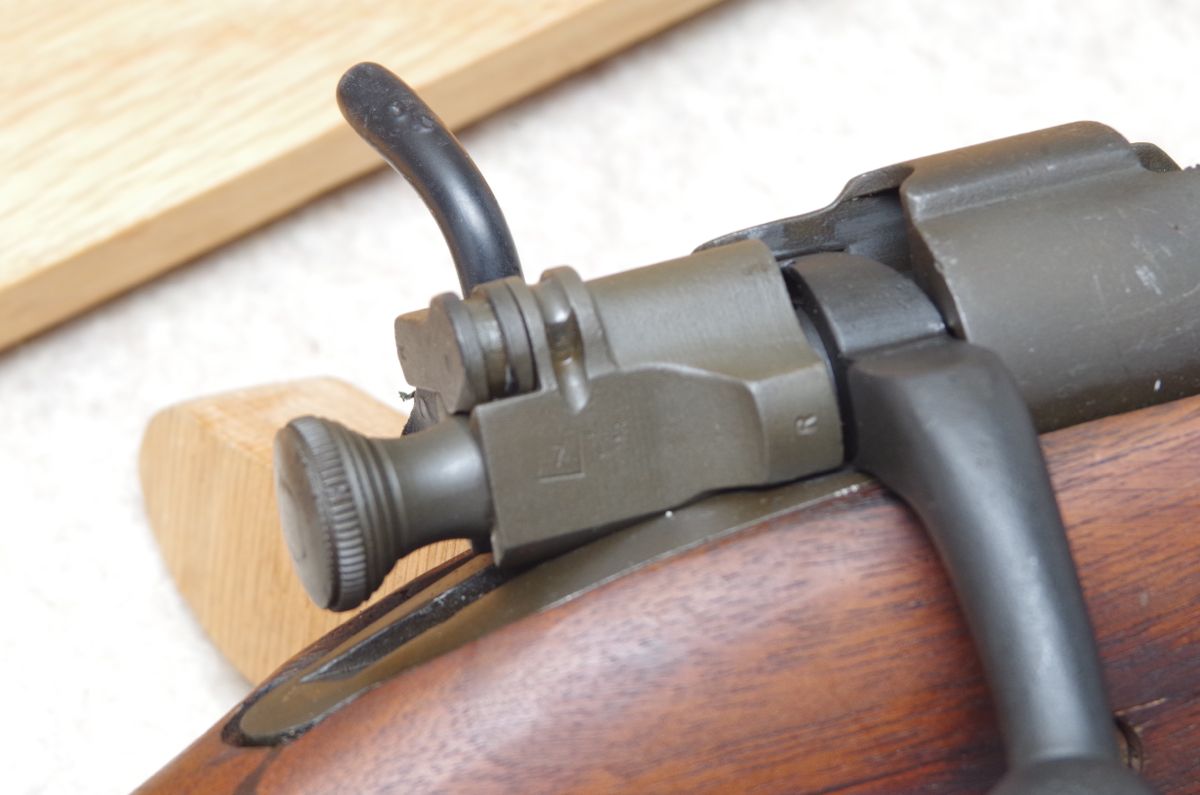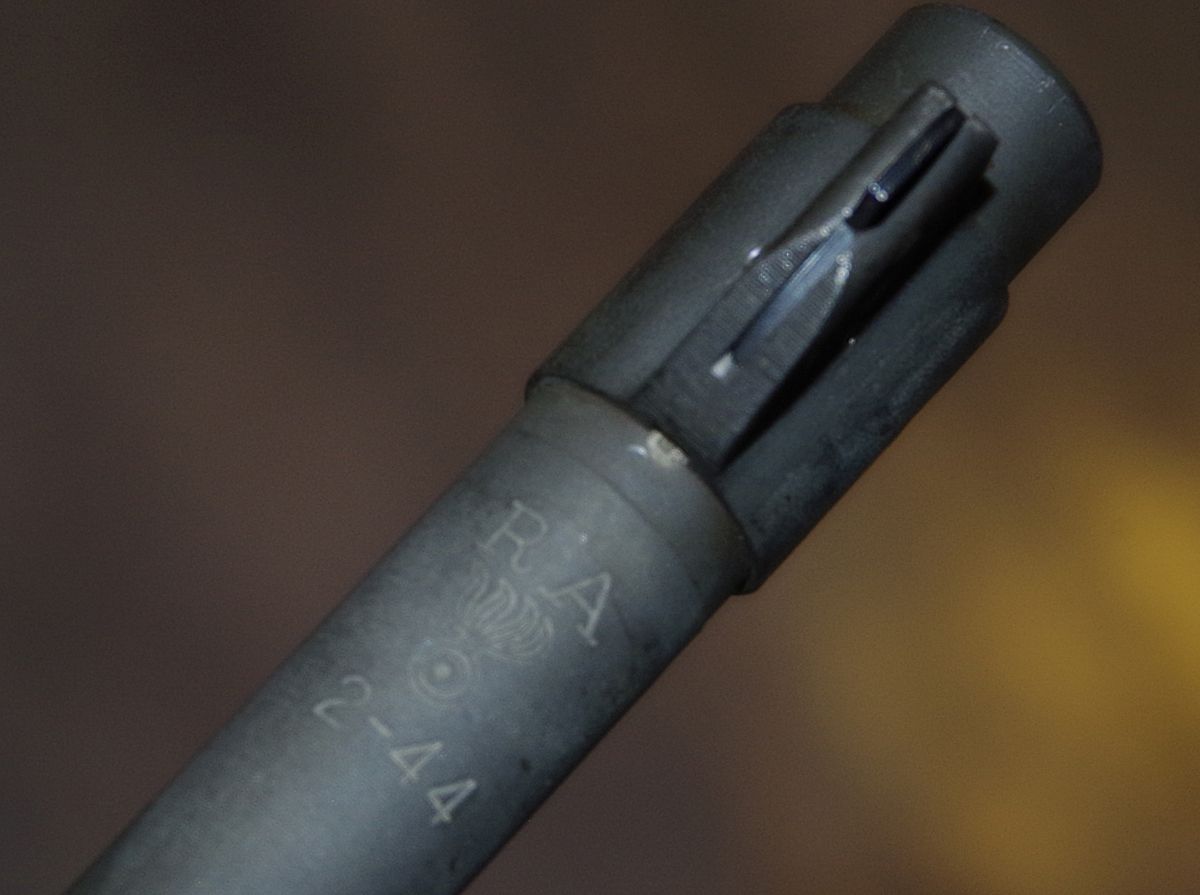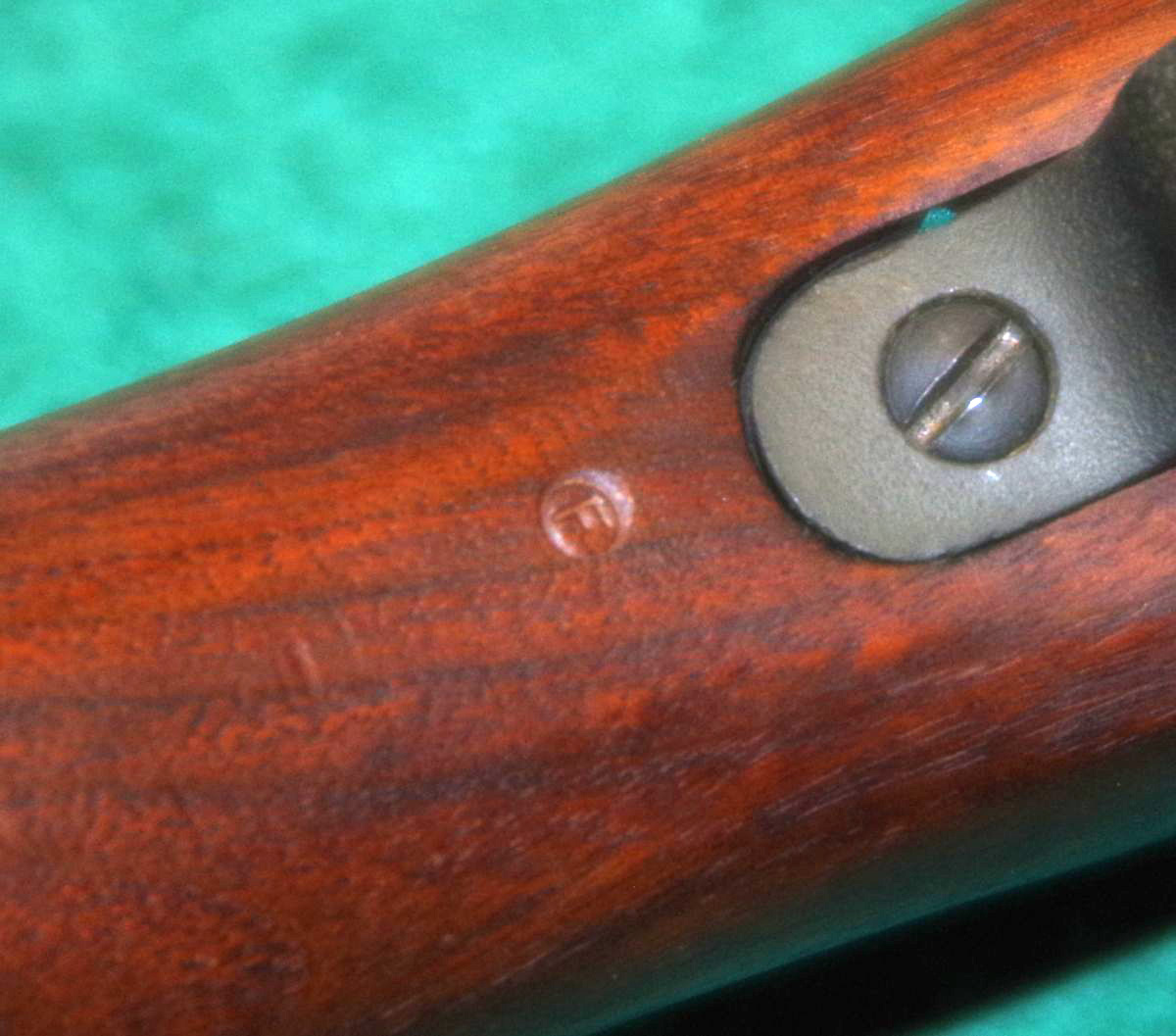Dr Lyon' analysis is deeply, if not fatally flawed.
Some Observations On The Failure Of U.S. Model 1903 Rifle Receivers
Joseph L. Lyon, M.D., M.P.H.
http://m1903.com/03rcvrfail/
Dr Lyon’s statistics are based on Hatcher’s Notebook which is not an all inclusive list of all 03 failures. Hatcher’s list starts 1917 and ends 1929. There are known failures after and known failures before.
I disagree with Dr Lyon’s risk percentages. His percentages are based on the total number of rifles built, not the rifles in use. There were about one million of these rifles built, but post WW1, there were never one million at service at any time. By the time you get to 1922 Congress authorized only 136,000 Officer’s and enlisted in the Regular Army. I could guess how many rifles were in service with an Army that small, and it sure would not be one million. Lets say, as a ridiculous example, that there were four rifles in use and the remaining one million in storage. Let also say that one of the four blew up. Dr Lyon’s analysis would give you the risk as one in a million. But for those rifles in use, it would be 25%.
Dr Lyon’s analysis also does not take into account the destruction of single heat treat receivers. As rifle came into depot, the Army scrapped these receivers. The population of these things liable to hurt someone just got smaller and smaller over time. Any risk calculation based on the total production is misleading because that is not the actual risk to the user. The user’s risk of harm is much higher. By what amount, I don’t know.
I am certain there are no databases extent which would allow the calculation of risk based on active duty rifles, but the Army had seen enough accidents and decided to take a course of action which would remove single heat treat receivers from the inventory.
Dr Lyon also says:
No receiver failures were reported in the training period before the battles, and during the four major battles that occurred in the seven month period in 1942-43. While it's not possible to estimate the exact number of rifles involved, up to 7,000 would have been in use by the three rifle regiments of the 1st Marine Division, Based on the failure rates of 1917-1918 between one and two rifle receivers would have been expected to fail.
Dr Lyon could not find any failure reports and is making the conclusion that absence proves no receivers failures. I disagree with this. The absence of records indicate the absence of records. That does not mean that there were never were records; their probably were. It is a known fact that Army Safety Incident reports are not released to the public, only Safety Investigators or Law Enforcement have access. But regardless, there are buildings full of records that the US Army and Marine Corp have right now which Dr Lyon will never see. These records will be disposed of by the lowest cost method which will guarantee the least embarrassment later. A better question for Dr Lyon to answer is just how long he maintains patient records and just where is that searchable database of medical malpractice. Since I have not ever found the second, I guess those estimates that medical mistakes kill 400,000 Americans per year must be wrong, no one dies!
And this leads into the greatest misuse of Hatcher’s List that Dr Lyons commits: he lets the statistics do the talking. These accidents are with people and it is people being hurt. Perhaps the accidental death rate caused by Physicians is so high that they get so callous that pain and suffering are just a statistic to them, but to those who are hurt, the pain is real, the injury permanent, and sometimes the suffering is lifelong. Hatcher's list is a list of people who were hurt and we should not diminish their misfortune as being equivalent to a coin toss or a roll of the dice.
